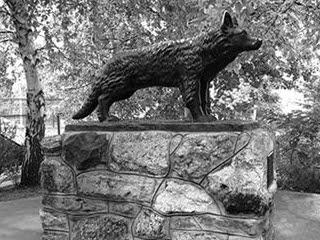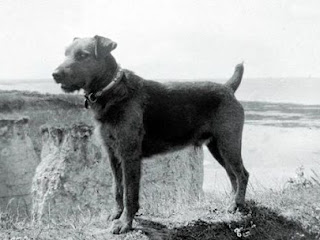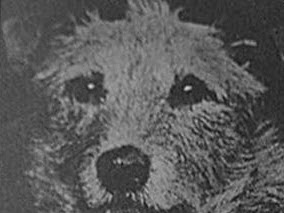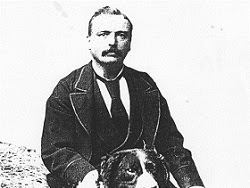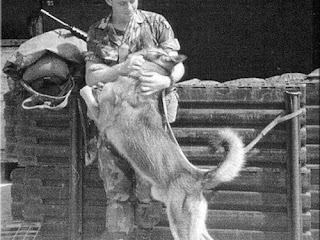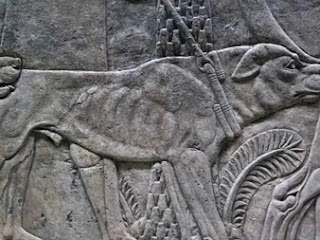Gabi became famous for her heroic act of defeating an escaped jaguar at the Belgrade Zoo.
 |
| Monument of Gabi at the Belgrade Zoo |
Gabi, a female German shepherd, was eight years old when she came to the Belgrade Zoo (or the Garden of Good Hope) in Yugoslavia (now Serbia) to work as a guard dog.
One summer night in 1987, a female jaguar had unknowingly escaped from its cage. While patrolling the zoo with another dog (a male German shepherd) and the night watchman Stanimir Stanić, Gabi sensed the large cat in the darkness and went after it - the other dog ran in the opposite direction. When Stanić heard the loud commotion of a fight, he phoned the police. Gabi fought the jaguar throughout the zoo, preventing it from escaping the zoo and from harming anyone including the watchman. Unfortunately, the police were unable to get the cat back in its cage and had to shoot her.
Gabi was seriously injured and lost a lot of blood. She was immediately taken to the Faculty of Veterinary Medicine, made a full recovery and continued working at the zoo as a guard dog. Because of her brave act, a monument was erected in her honor with the inscription Gabi - her heart was stronger than a jaguar.

